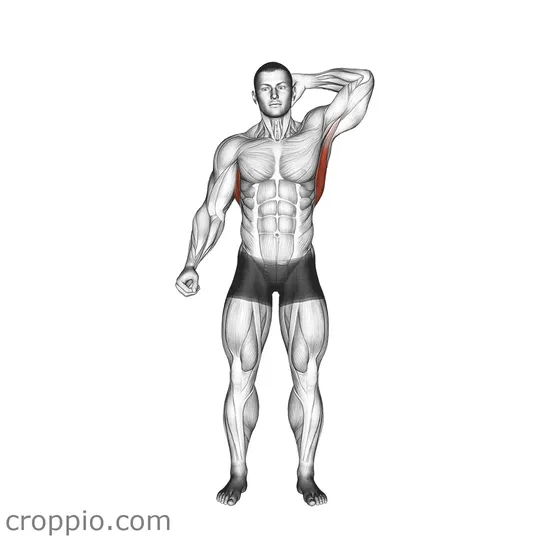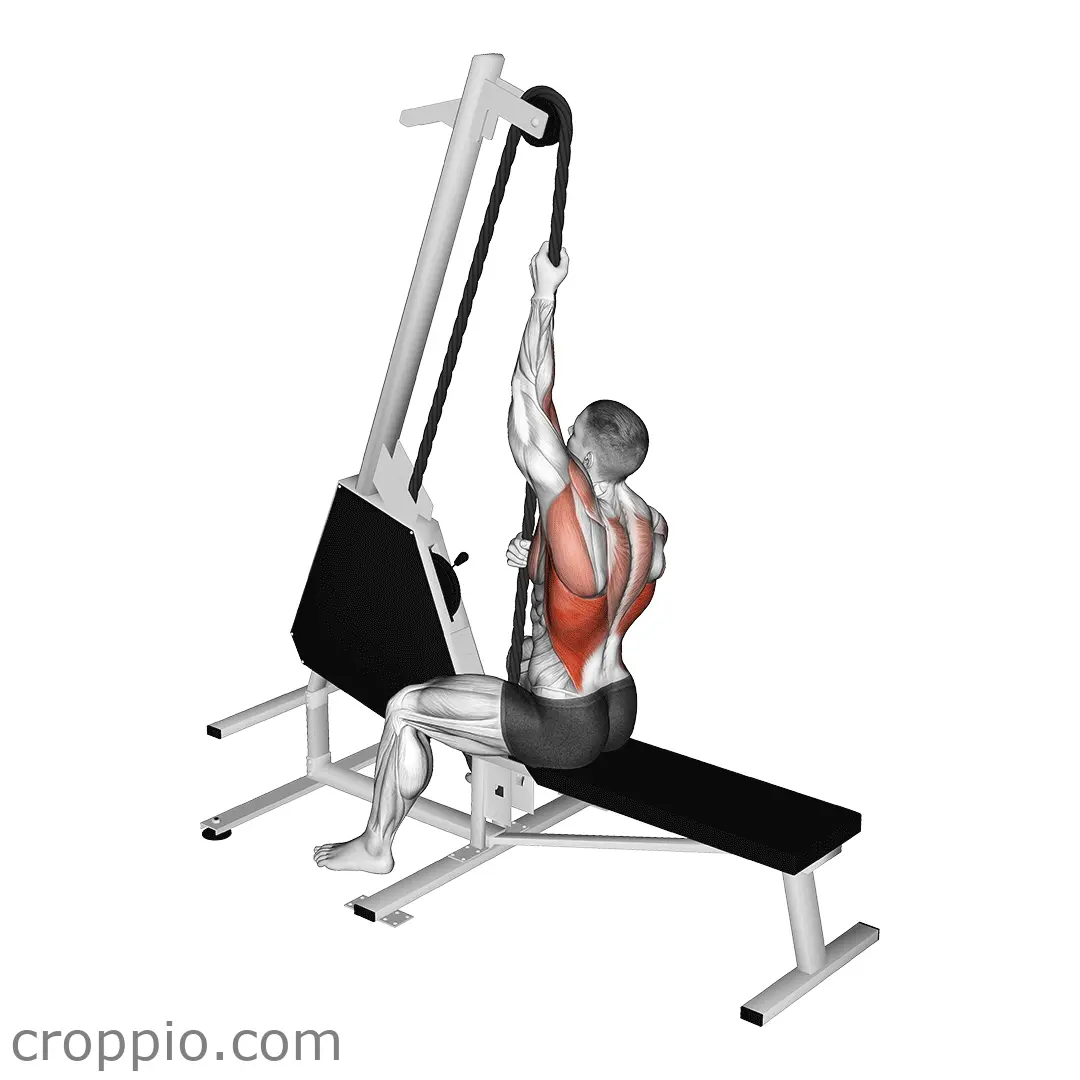Standing Lat Stretch

Muscles Involved
The standing lat stretch primarily targets the latissimus dorsi, a large muscle in the back responsible for shoulder extension, adduction, and internal rotation. Engaging in this stretch helps to alleviate tightness in the lats, encouraging flexibility and improved range of motion. Additionally, the stretch also involves the obliques and lower back muscles, which assist in maintaining stability during the exercise. By stretching these areas, practitioners can enhance overall back mobility and diminish tension accumulated from weightlifting or routine activities.
Top Mistakes
- Rounding the back: Maintaining a neutral spine is critical; rounding can lead to strain and diminish effectiveness.
- Forgetting to breathe: Holding your breath reduces the stretch's effectiveness and can lead to discomfort.
- Overstretching: Pushing too hard can result in muscle strain; it’s important to listen to your body.
- Not engaging the core: A lack of core engagement may disrupt balance and overall stability during the stretch.
Execution Tips
- Begin by standing tall with your feet shoulder-width apart.
- Raise one arm overhead, keeping it straight, while leaning towards the opposite side.
- Ensure your hips stay square and your back remains straight throughout the stretch.
- Hold the position for 15-30 seconds, breathing deeply to enhance the stretch.
- Switch sides and repeat, allowing both sides of your body to benefit equally.
Workouts
The standing lat stretch is versatile and can be incorporated into various fitness routines. It can be performed as part of a warm-up or cool-down phase. For optimal results, include the stretch in your routine by performing 2-3 sets of 15-30 seconds on each side. It pairs well with other upper body stretches or exercises like shoulder dislocates, chest openers, or even full-body stretches, creating a well-rounded flexibility routine.
Conclusion
The standing lat stretch provides a multitude of benefits, including improved flexibility, relaxation of tense muscles, and enhanced shoulder mobility. Regularly incorporating this stretch into your workout routine can alleviate muscle tightness, reduce the risk of injury, and contribute to better overall physical performance. By focusing on proper execution and avoiding common mistakes, individuals can effectively integrate this simple yet powerful exercise into their fitness journey.



